Text and Photos by Henrylito D. Tacio
There’s a new innovation in tourism these days. It’s called farm tourism.
Republic Act No. 10816, otherwise known as the Farm Tourism Development Act, defines farm tourism as “the practice of attracting visitors and tourists to farm areas for production, educational and recreational purposes.” As a reason to visit, it is becoming increasingly popular in the Philippines.
Any agriculture or fishery-based activity that brings people to be educated or trained on farming and related activities or just provides a venue for outdoor recreation and family outings can be called farm tourism. “It ranges from very (sophisticated) tourist farms to very simple … farms,” said Senator Cynthia Villar, author of Act No. 10816. “They are the same thing; it’s about being creative.”
Indeed, the range is wide. Name it, and the Philippines has it, says Dr. Maria Celeste H. Cadiz, an expert on farm tourism from the Laguna-based Southeast Asian Regional Center for Graduate Study and Research in Agriculture (SEARCA).
In Davao City, there’s 80-hectare Eden Nature Park and Resort, located in Toril. At 2,650 feet above sea level, it offers breathtaking views of Davao City and the Davao gulf. “This place was a remnant of logging concessionaires in the 1970s and was covered only by a blanket of wild grass,” said Brenda Ocampo, the resort’s marketing manager.
The late Jesus V. Ayala saw the potential of the place in 1971. He instructed his people to make terraces carved out of the mountain slope. To rejuvenate the area, he told them to plant thousands of pine trees all over the place. Today, there are over 100,000 pine trees spread across about 80 hectares, making the resort 95-percent man-made.
The pine trees created canopies, which made the place cooler. In areas not planted to pine trees, various fruits were planted. As the place is good for growing mangosteen, about three hectares were allotted to the fruit crop.
About five hectares are planted to dragon fruits, the yellow variety. These are harvested twice a year: the peak season is from August to October, while the low season is January. These are sold locally, although some of them are exported to Japan.
Other fruits planted include marang, durian, avocado, guava, and santol. Cacao is also grown as an intercrop.
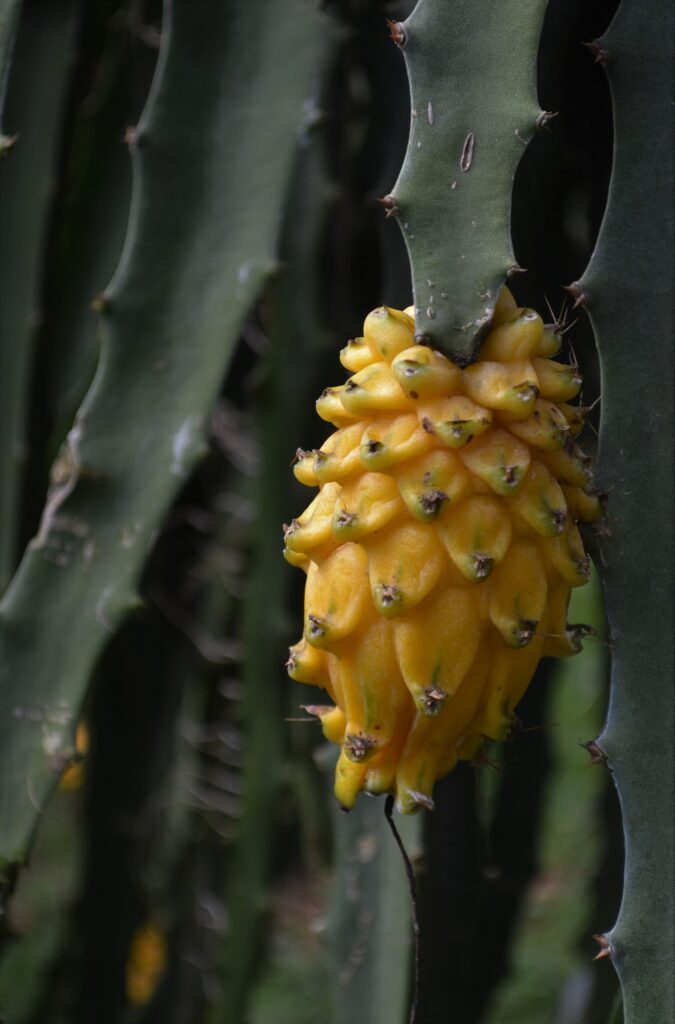
Dragon fruit 
Bamboo 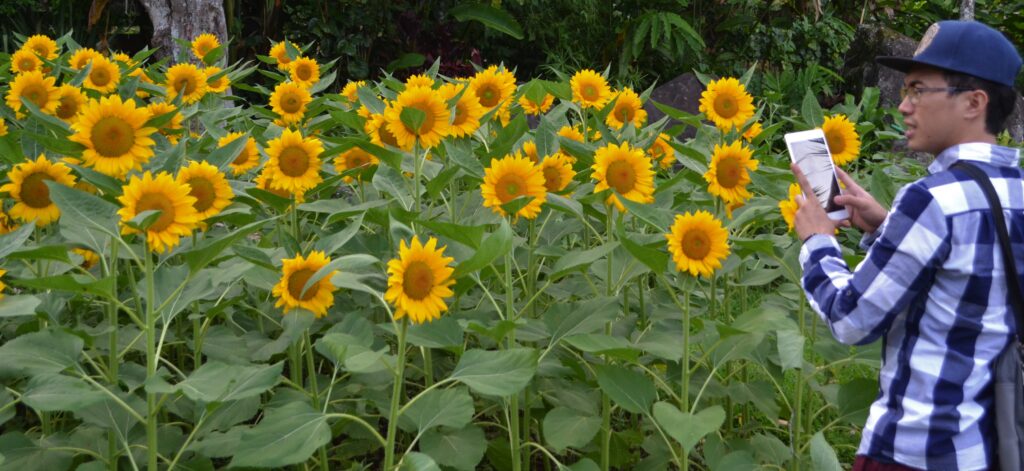
Flower Garden
When Ayala bought the land, he saw some bamboo growing naturally. Those were not harvested, but instead, they were allowed to grow for aesthetic reasons. To pay homage to the world’s tallest grass, it has created a bamboo maze, which reminds you of the movie The Shining – but without the snow, of course. It takes about 8-10 minutes to complete the maze.
One fascinating aspect of farming is fishing. That’s why Eden Nature Park has a 2,000-square-meter fishpond. This was opened to the public in 1997, and visitors can do their own fishing here. Among the types of fish raised are hito and tilapia, which are given commercial feeds.
There’s no limit of how many kilos visitors can catch. All they have to do is pay all the fish they caught. In fact, they can ask some resort personnel to cook the fish for them. While waiting, they can have bonding in some of the cottages near the pond.
Not far from the fishpond is the hydroponics farm, which occupies about three hectares of the resort. Two greenhouses are used to grow several varieties of lettuce. Other crops grown are Japanese tomatoes and cucumber. Some of the harvested vegetables, about 4-5 kilograms daily, are used in the resort’s restaurant.
Aside from being organically-grown, hydroponics offers several advantages, notably a decrease in water usage. Studies have shown that to grow one kilogram of tomato using intensive farming methods, for instance, requires 400 liters. In comparison, growing the same amount of tomato using hydroponics, only 70 kilograms of water is used.
Most of the produce from the resort is sold through Eden Fresh Produce, Inc.
The resort is also concerned with the country’s flora and fauna. So much so that it includes as part of its itinerary some areas where people can have a close encounter with Philippine deer and butterflies.
The Deer Park serves as the domicile of over thirty deer. At the Butterfly Garden, visitors can actually play with these familiar, colorful insects while taking the path around the 2,000-square-meter garden.
The most beautiful attraction of the resort, however, is the Flower Garden. From her travels abroad, the idea of putting such a garden came to Mrs. Fe Ayala. Some of the flowers grown were from the resort and nearby places, but most of those gracing the garden was brought by the owner from her travels abroad.
Among those you can find are sunflower, jade vine, blue salvia, amaranthus, coral vine, peace lily, cat’s tail, billy button, blue rose, buddleia lavender, gerbera, St. Joseph coat, marigold, and the very popular mickey mouse, among others. Most of these are replanted quarterly.
More flowers, which are grandma’s favorite, can be found at Lola’s Garden. This place is famous for its carabao statue and wishing well, whose water is decorated with various colors of gumamela flowers. From here, you can take a breathtaking view of the Davao Gulf.
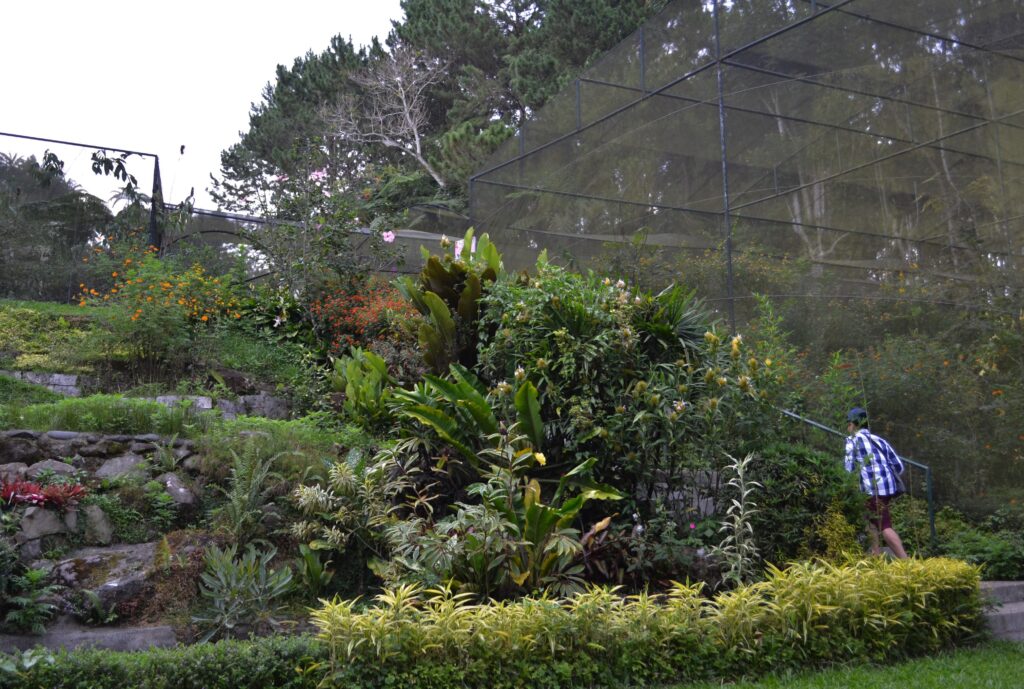
Butterfly Garden 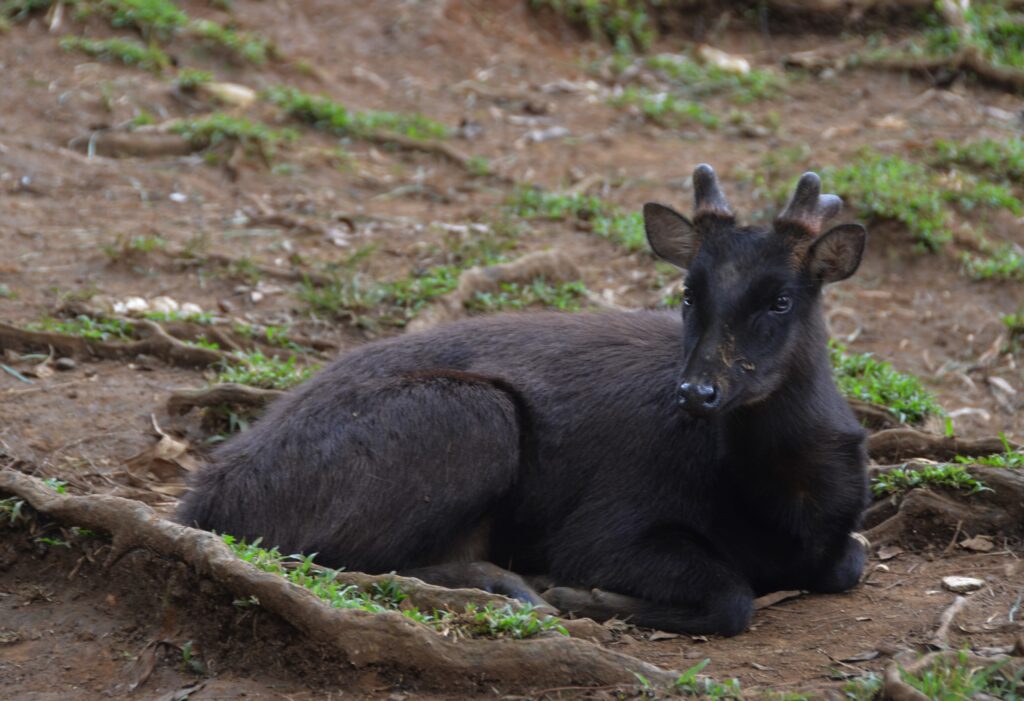
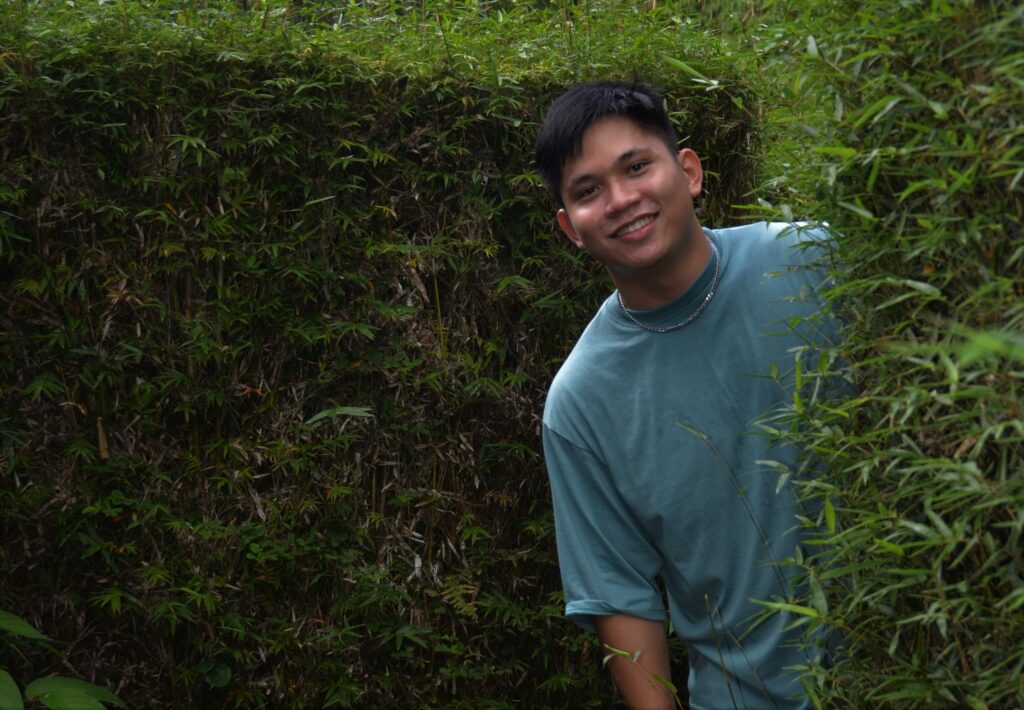
Bamboo maze 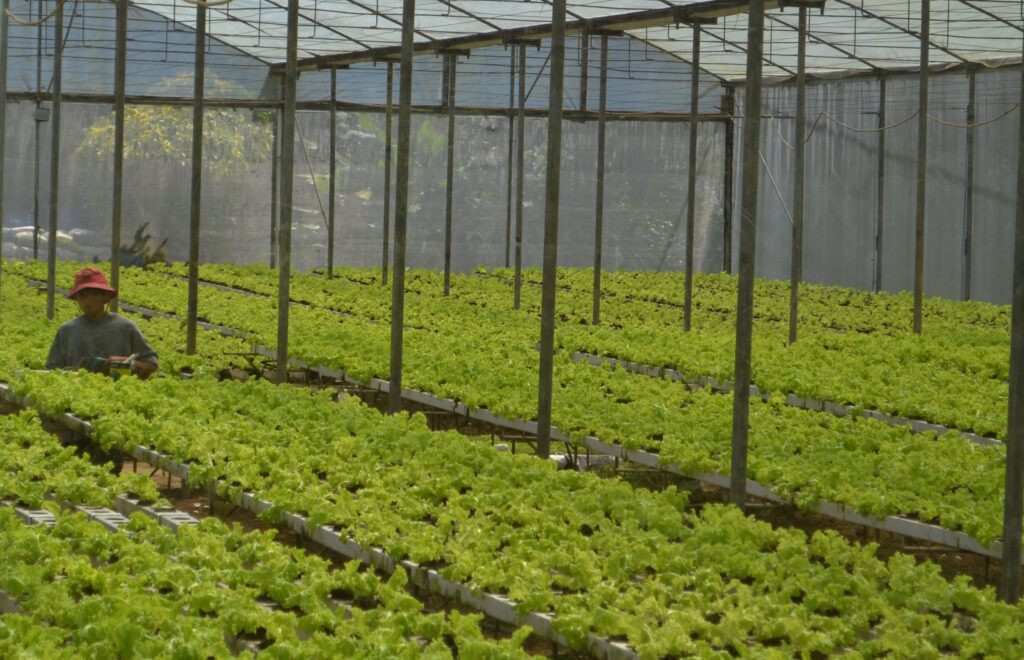
Hydroponics
Today, the once-barren piece of land now provides a relaxing alternative to the bustling city life of Davao with its cool weather and unpolluted air. If you happen to visit the place past five in the afternoon, you better bring your own jacket as it becomes cooler. It’s like Baguio during the old days.
Eden’s day tour takes about almost an hour. And there were only three stopovers where the tourists could take photos of themselves.
There are rooms, cottages, mountain villas, and suites available for rent just in case you want to stay for the night or spend the entire day there. Check with the Activity Center, the information nerve, for the accommodation and overnight rates.
By the way, the park was named after the barangay where it is situated. According to some people, the barangay was named in honor of a beautiful resident named Edeng. Her Japanese husband reportedly couldn’t pronounce her name correctly, so he called her Eden. Because of her beauty, the barangay was named after her.
How do you get there? From Davao City, you must travel south towards the Toril District. At the corner of Mercury drug on the main highway, make a right and just follow the signs towards barangay Eden. From there, it is a 12-kilometer uphill climb, but you can enjoy the scenery. Travel time is about 45 minutes.

